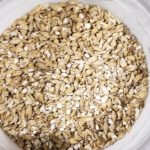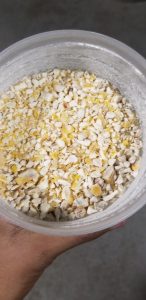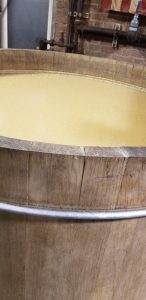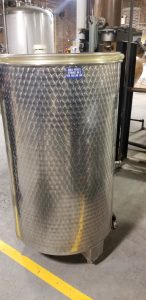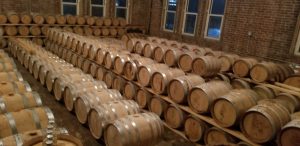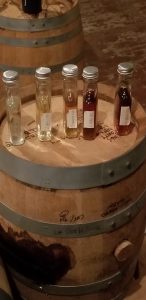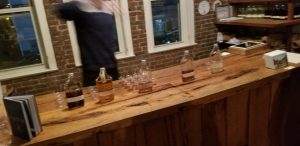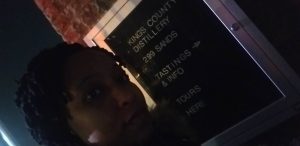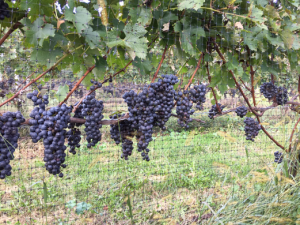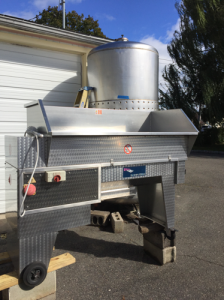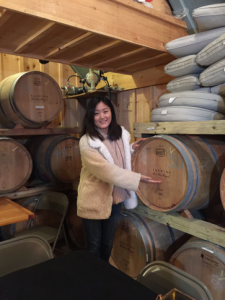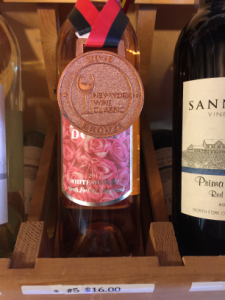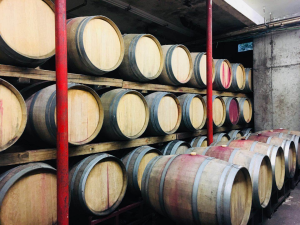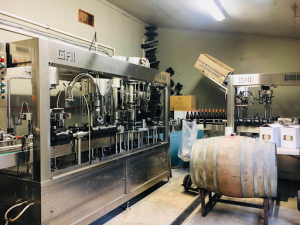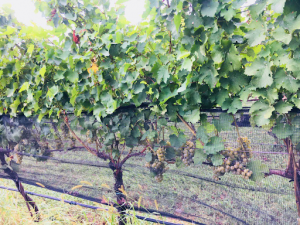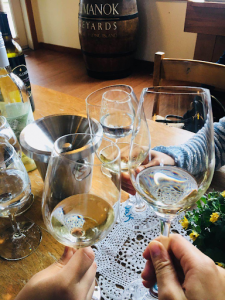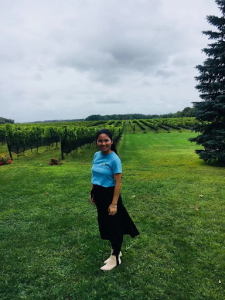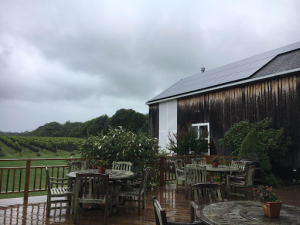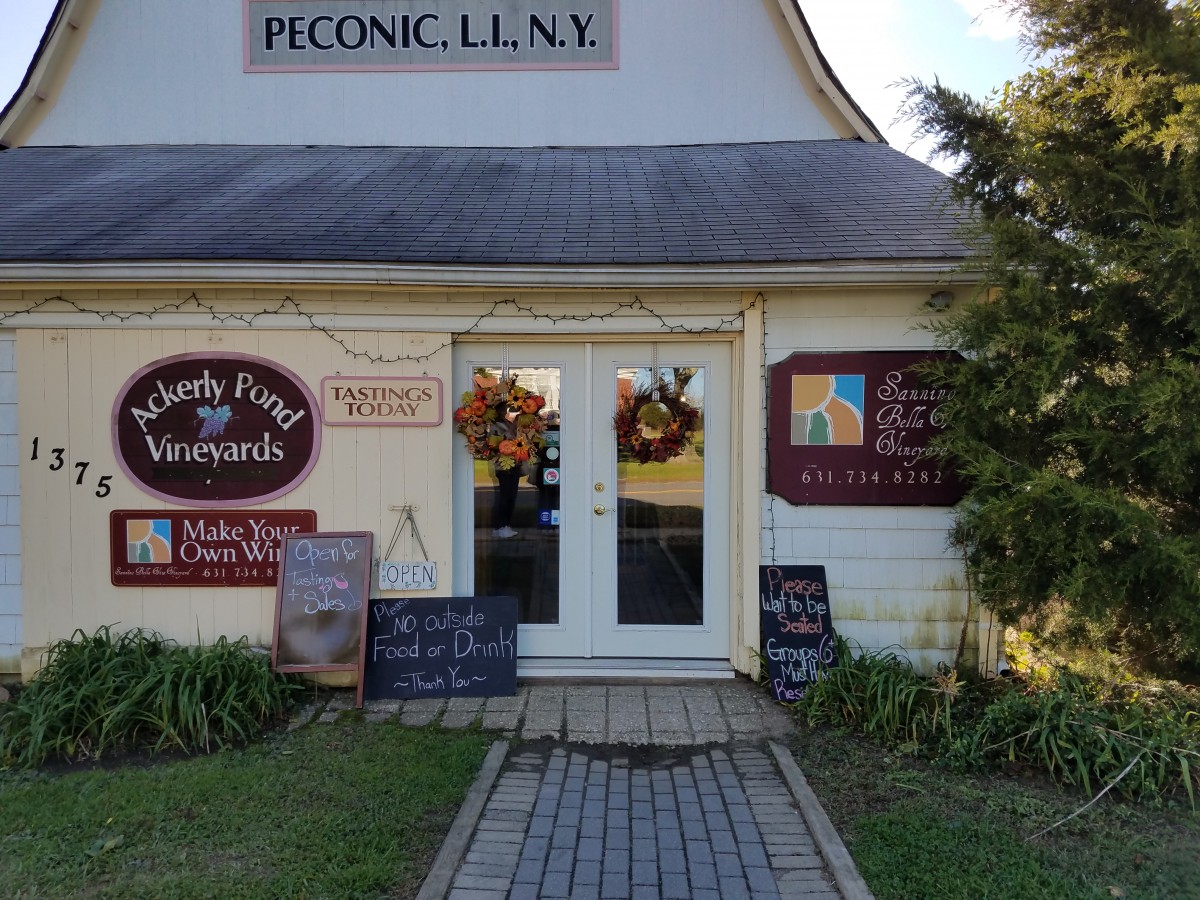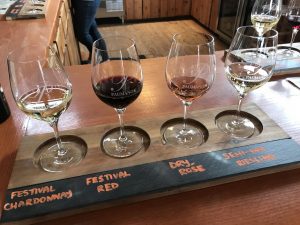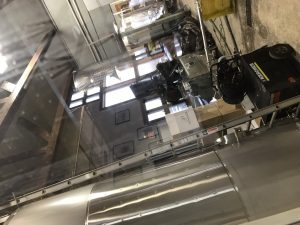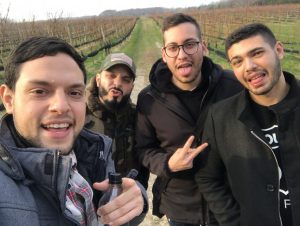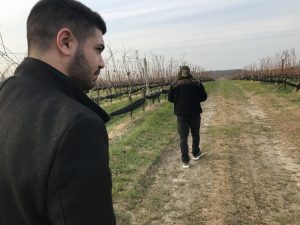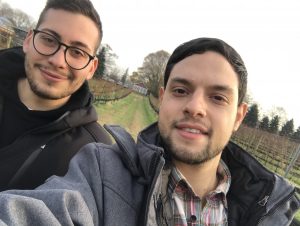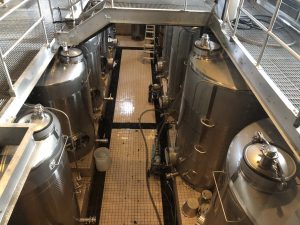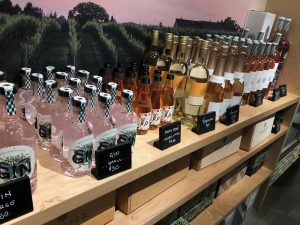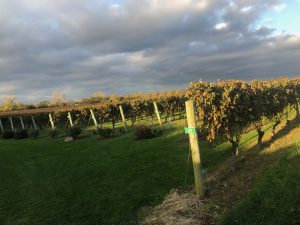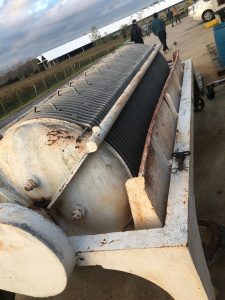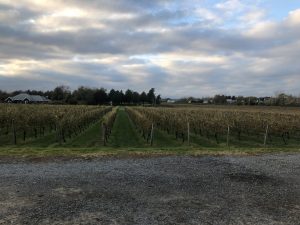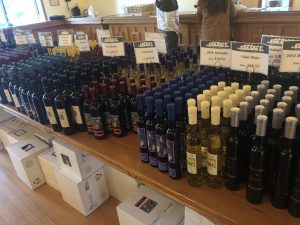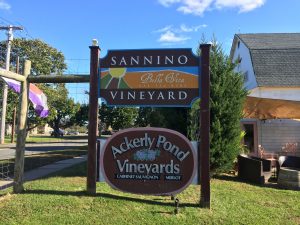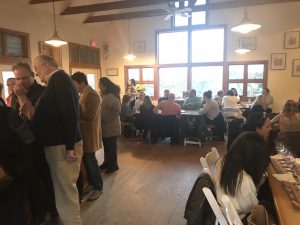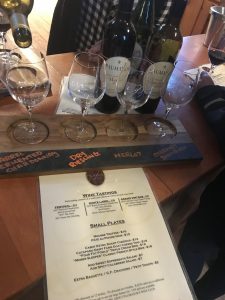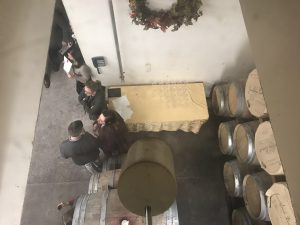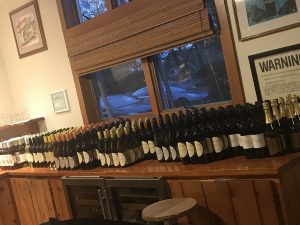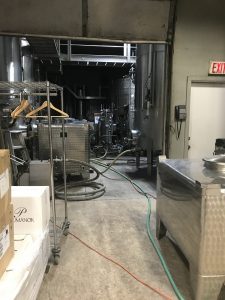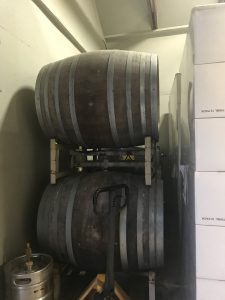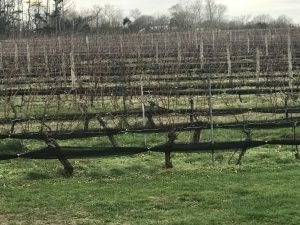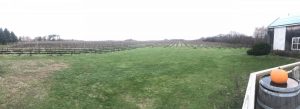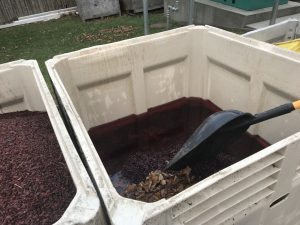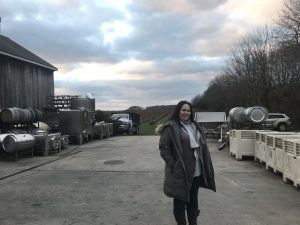Kings County Distillery, co-founded by Colin Spoelman and David Haskell, is New York City’s oldest, largest and premier whiskey (corn, bourbon and rye) distillery since prohibition clocking in 8 years of service. Colin Spoelman got his beginnings before that where he just had his license and started distilling from his Brooklyn apartment from a five-gallon Hobby Still. When Kings County Distillery got their license after prohibition, they distilled that first legal gallon of whiskey, with emphasis on legal because still to this day it is a federal crime to distill without a license. Before 2009 a Craft Distillers license in New York state was $13000 a year with a 3-year commitment. In that same year they acquired the Farms Dealers license which was offered for $128, but with that they had to agree to a couple of conditions: 75% of all their ingredients must be sourced from New York State farms and they also have a cap on the amount of spirit that they can produce which is about 75000 gallons a year. They were fully established in April of 2010 operating business in Bushwick before moving to their current location at the Brooklyn Navy Yard. They are known for their hand made moonshine, bourbon and other whiskeys. All products are distilled on site and some are aged on premises as well but most of their aging process takes place at their offsite warehouse in Williamsburg.
The tour of the distillery was very interesting and informative. We were given a tour of the Booseum, which is where they keep all their failed products for showcase. Then we went down to the distillery room, then we had a tour of the aging room before heading over to the tasting room to try some of their whiskeys. The tour guide/ tasting room personnel was very knowledgeable and was able to answer all questions we had. The distillation process is: first, choosing the sugar source which in their case would be grain (barley and corn) which they purchase from Organic Farms in the Finger Lakes. Secondly, the extraction of the sugar: the grains are mixed with warm water creating what is called a mash. Carbohydrates are broken down into simple sugars, so the yeast can be activated. Thirdly, fermentation: with the addition of the yeast, sugar then turns into alcohol and carbon dioxide. The yeast multiplies until most of the sugar have been absorbed resulting to a beer. One site they use open fermentation in an open huge oak barrel for three to five days before transferring it to a bulk spirit tank where the collection of hearts can also be used to infuse whiskey. Fourthly, the distillation process: the mash is distilled in batches in pot steels where ethanol is increased through this process. Then it is placed into a steel where the beer turns in whiskey. Lastly, the aging process: the spirits are placed in wooden casks which adds flavor, color and texture making the final product. Just like wine the longer the whiskey ages the more flavor it has and the darker in color in gets.
References:
http://kingscountydistillery.com/
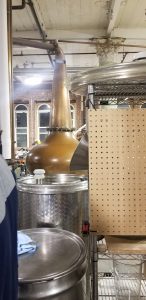
Pot Still (Distillation): Converting beer into whiskey. The mash is distilled in batches in pot steels where ethanol is increased through this process.

